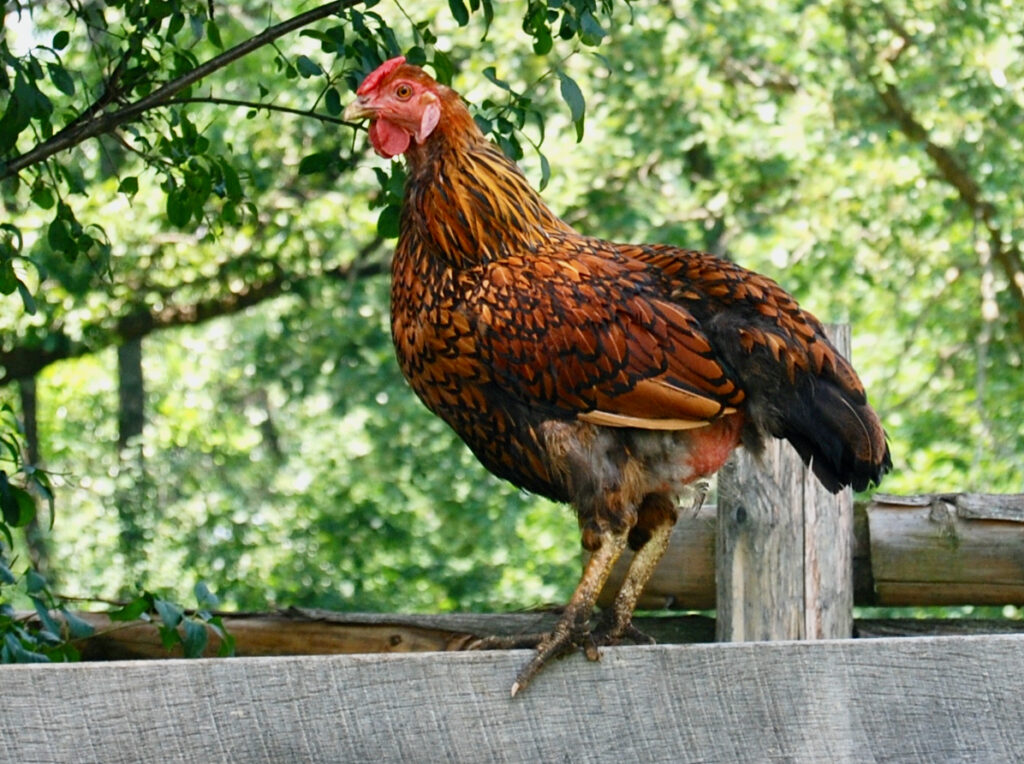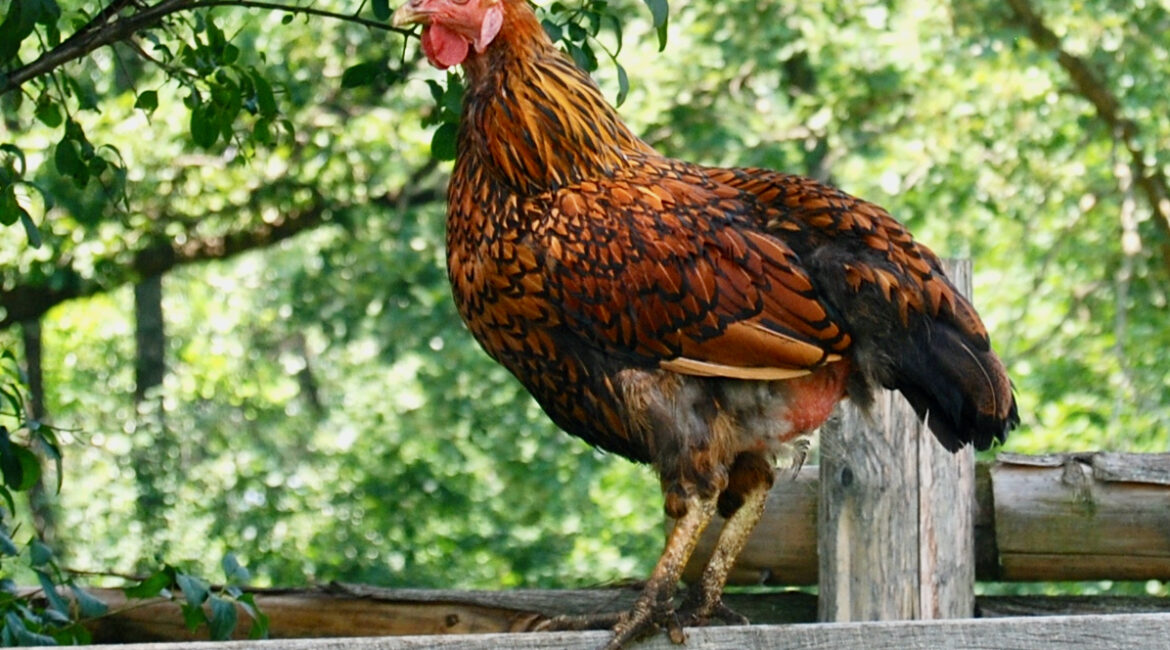The Wisconsin Department of Agriculture, Trade and Consumer Protection (DATCP) Thursday released information regarding its response to the highly pathogenic avian influenza outbreak within a commercial flock in Jefferson County as well as some tips to help those with backyard flocks avoid infections.
According to the department’s “Update No. 6.: Highly Pathogenic Avian Influenza (HPAI) in Jefferson County,” the department “continues to work with local, state and federal partners to respond to the Jefferson County poultry farm infected with highly pathogenic avian influenza.”
The update further notes that spring is a time when area farmers and backyard enthusiasts look to increase the size of their flocks.
For those intending to buy or raise chickens this spring, the department offers the following tips:
When obtaining new birds,
- USDA and DATCP highly discourage the movement of naive poultry (new birds) into an active HPAI control area, such as the area surrounding the infected farm.
- Any new birds brought into the control zone require a permit from DATCP.
- Birds brought into the control zone are not subject to indemnification (compensation for harm or loss) in the event the poultry become positive with HPAI.
To protect existing flocks by practicing good biosecurity,
- Implement enhanced biosecurity practices on your premises. This includes sanitation and restricting movement of people, animals and equipment.
- Discourage co-mingling of waterfowl and domestic birds and poultry; if possible, move all birds indoors.
- Restrict access to surface water and the surrounding environment by poultry and prevent wild birds access to poultry feed, water and other environments strictly for poultry.
Additional updates
As of Thursday, the department noted, 2,757,767 commercial layers have been reported HPAI-positive in a single poultry flock located in Jefferson County.
Samples from the flock were tested by the Wisconsin Veterinary Diagnostic Laboratory and confirmed by the National Veterinary Services Laboratories in Ames, Iowa.
This is Wisconsin’s first confirmed case of HPAI since 2015, according to information released by the department.
Information released by the department Friday, March 18, noted that “limited depopulation” had begun on the Jefferson County poultry farm.
Additionally, information stated that DATCP “continues to consider various options to stop the spread of the disease in accordance with guidance from the American Veterinary Medical Association (AVMA) and U.S. Department of Agriculture (USDA).”
In an update on Tuesday, March 22, the department noted that infected birds “will be composted after depopulation; composting is the most efficient and environmentally responsible method for disposal of bird carcasses. Compost piles will be constructed in a manner that includes a thick cover of compost carbon on top and underneath the carcasses. Encasing and topping the carcasses with at least one foot of the carbon layer encourages the higher temperatures that speed decomposition, absorbs odors, and provides additional protection against water penetrating to the area of the windrow where the chickens have been placed.”
The update further noted that the selected compost site, which is owned by the producer, has sufficient area and meets the locational criteria for a compost site to avoid groundwater contamination.
Frequently asked questions
The department’s list of HPAI frequently asked questions was updated Friday.
Within the update, the department confirmed cases of HPAI in a commercial flock in Jefferson County.
Additionally, HPAI “has been detected in the wild bird populations and can carry the disease to new areas when migrating,” the update noted, but, it added, “To date, no wild birds in Wisconsin have tested positive.”
According to the update, the USDA APHIS (Animal and Plant Health Inspection Service) is conducting wild bird surveillance, as is the Wisconsin Department of Natural Resources. Both systems can serve as early warning mechanisms for the introduction and distribution of avian influenza.
A complete list of frequently asked questions is here: https://datcp.wi.gov/Documents2/3.25.2022%20HPAI%20FAQ.pdf.
According to information provided by DATCP, HPAI viruses are a form of avian influenza that has been found to be highly contagious and often fatal to domestic poultry. It can be spread by contact with infected birds, equipment, or clothing worn by those working with the animals.
Signs of HPAI in infected birds include:
- Sudden death without clinical signs.
- Lack of energy or appetite.
- Decrease in egg production; soft, misshapen eggs.
- Purple discoloration of wattles, comb, and legs.
- Difficulty breathing.
- Runny nose, coughing, sneezing.
- Stumbling or falling down.
- Diarrhea.
For more information, including updates from the DATCP, visit: https://datcp.wi.gov/Pages/Programs_Services/HPAIWisconsin.aspx.

File photo/Kim McDarison
This post has already been read 916 times!
